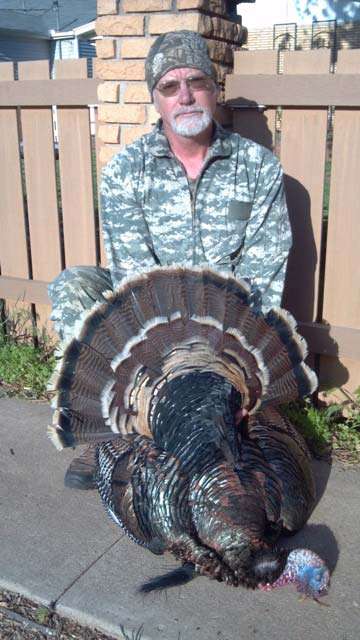I wonder how many of you realize there are two different skunk species living in
Kansas; the Striped Skunk with which we are very familiar, and the Eastern
Spotted Skunk, often referred to by old-timers as civet cats. I regularly peruse the
legislative updates given on the Kansas Wildlife, Parks and Tourism website, and
one specifically caught my eye today. Senate Bill 269 (SB 269) would remove the
Eastern Spotted Skunk from the Kansas list of threatened species. I knew there
were spotted skunks in Kansas, but have never seen one myself, nor did I know
anything about them, so off to Mr. Google I ran.
As Kansas became populated at the beginning of the 20th century, eastern spotted
skunks moved northward and westward into the state. The small diversified
family farms that existed back then with numerous hay stacks, tree rows,
woodlots and myriads of small farm buildings favored the spotted skunk, and they
thrived. Over the decades as farming has become bigger, cleaner and more
efficient, the spotted skunk population has shrunken to where there are now only
pockets of them in a few southeastern and west central counties; they just
couldn’t adapt like the striped skunk and in 1982 they were added to the Kansas
list of threatened species.
Eastern Spotted Skunks are smaller than a common house cat and are built long
and low to the ground with bodies that more resemble a weasel. They have a
white triangular nose patch, a mostly black tail and four to six white stripes
arranged in seemingly infinite, random patterns around their body, making them
appear more like spots than stripes. They eat mostly insects but are opportunistic
feeders and will eat most anything if necessary. They are much more agile than
striped skunks and readily climb up trees or into barn lofts.
I’ve heard the old guys at the nursing home where I work talk about trapping civet
cats when they were young, and they all say how much worse it was to get
sprayed by them than by a striped skunk. Sure enough, spotted skunk musk is
known to be stronger than that of a normal striped skunk. A unique quirk a
spotted skunk often exhibits is the inclination to do an actual handstand on its
front legs with its tail arched over its back when threatened.
There is currently no open season allowing Eastern Spotted Skunks to be
harvested in Kansas, and I don’t know whether taking them off the threatened
species list is a wise move yet. But I think I’ll add to my personal bucket list “See
an Eastern Spotted Skunk in the wild” here in Kansas. Continue to Explore Kansas
Outdoors!
Steve can be contacted by email at stevegilliland@idkcom.net.





